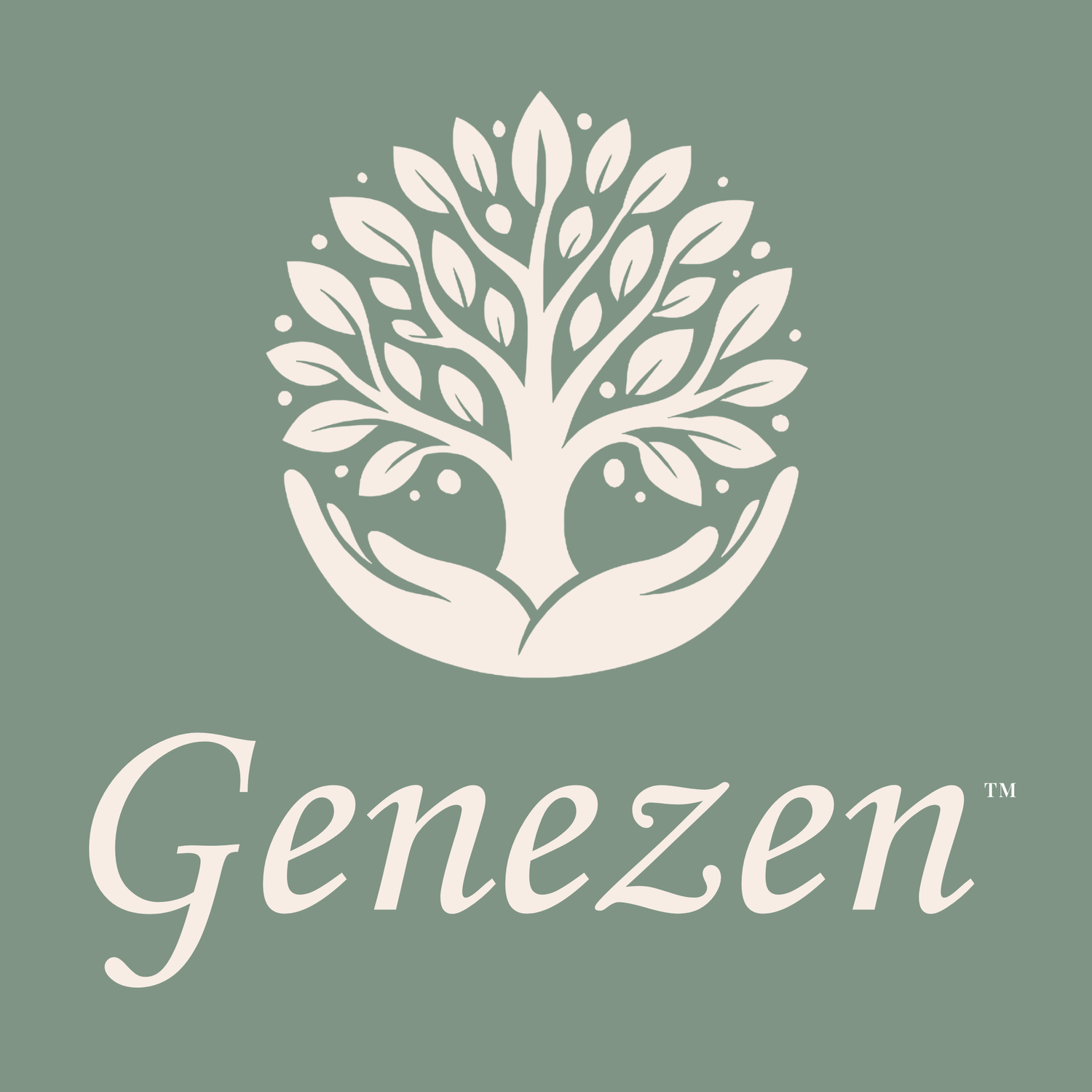Healing Doesn’t Always Look Like Progress: The Hidden Parts of Getting Better
Some days in healing, you bloom. Other days, you just breathe. And both matter.
We often imagine healing as a straight path, marked by visible milestones, clear transformations, and linear growth. We expect ourselves to feel “better” every week, to keep moving forward, to have something tangible to show for all the effort we’re putting in.
But real healing?
It’s messy.
It’s slow.
And more often than not, it doesn’t look like progress at all.
The Myth of Linear Healing
From social media to self-help books, the world tends to romanticize recovery. We see the “before and after,” the motivational quotes, the breakthroughs. But what we don’t often see are the quiet, invisible in-betweens:
The day you got out of bed but didn’t leave the house
The session where all you did was cry
The journal entry that didn’t have a solution, just questions
The week you practiced a boundary, and then felt guilty about it
These moments may not feel like progress. But they are. They’re just not the kind of progress we’ve been taught to notice.
What Healing Actually Looks Like
In therapy, I often remind clients that healing is not always about feeling “good,” sometimes, it’s about feeling more honestly.
Real healing might look like:
Crying over something you used to numb out from
Feeling more anxious after gaining awareness
Noticing your patterns, and still falling into them sometimes
Sitting with discomfort instead of escaping it
Choosing rest, even when guilt creeps in
These aren’t signs that you’re failing. They’re signs that you’re finally in it, no longer avoiding, bypassing, or pretending.
The Psychology Behind Why It Feels So Hard
When you're doing deep emotional work - whether in therapy, self-reflection, or just surviving a hard chapter - your nervous system is adjusting to new ways of being. And that doesn’t always feel smooth or satisfying.
Your brain is rewiring old thought loops, which means it will glitch, resist, and relapse.
Your body is unlearning survival responses, so there might be confusion, fatigue, or emotional flooding.
Your identity is shifting, which can feel like grief - even when it’s growth.
This isn’t regression. It’s the natural tension that comes with change. You’re not doing something wrong. You’re doing something real.
Why You Might Not Feel Better Right Away
Healing asks you to feel more deeply, to slow down, to face things you’ve avoided. That can be exhausting.
Progress doesn’t always feel like peace.
Sometimes, it feels like discomfort, vulnerability, or emotional chaos.
It’s the storm before integration.
If you’re judging yourself for not being “far enough,” pause and ask:
“Am I expecting healing to look perfect? Or am I willing to let it look human?”
How to Recognise the Hidden Signs of Healing
Here’s what real progress can quietly look like:
You’re more aware of your emotions - even when they’re messy
You catch your inner critic mid-sentence
You speak up for yourself, even if your voice shakes
You take a break before burnout hits
You allow yourself joy without guilt
You no longer feel the need to explain your “no”
If you’ve been doing this inner work, however inconsistently, however imperfectly, you’re not behind. You’re right on time.
Let It Be Incomplete
Healing is not a straight line.
It’s a spiral. A deepening. A remembering. A coming home.
Some days, you’ll leap.
Other days, you’ll crawl.
Most days, you’ll simply carry on.
And in all of that, you’re healing.
You're not meant to look healed. You're meant to feel your way there, in your own time, your own way.

